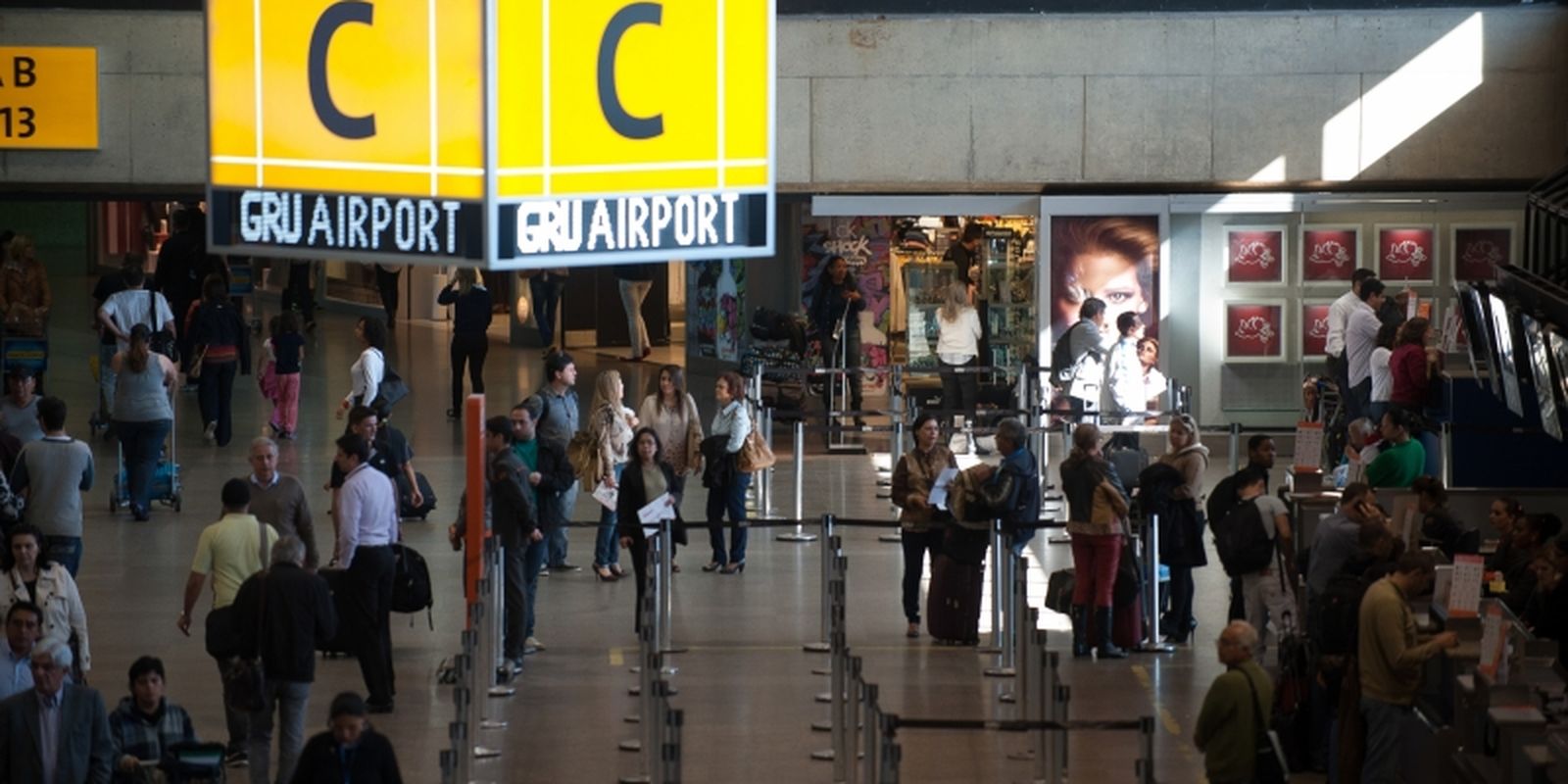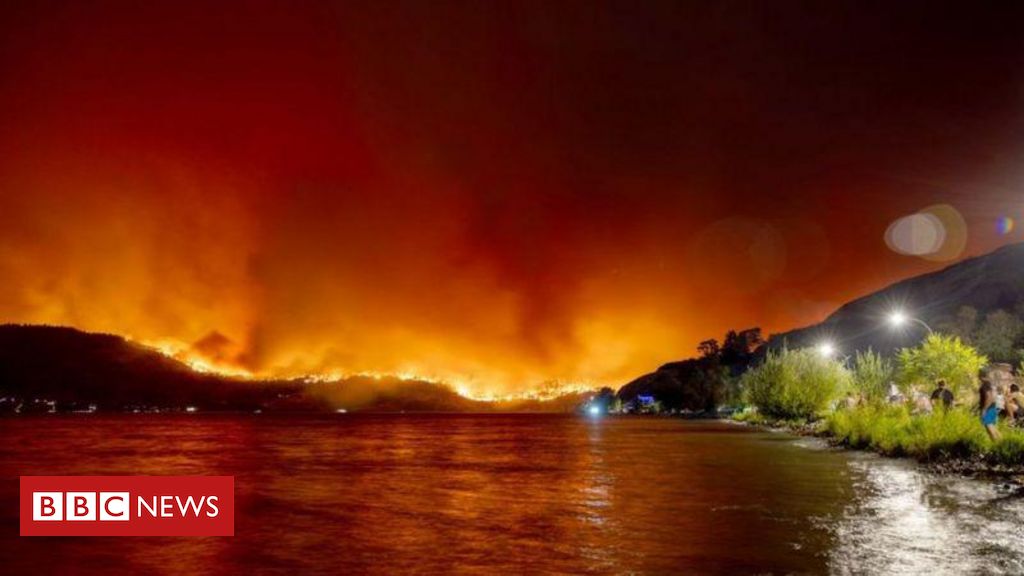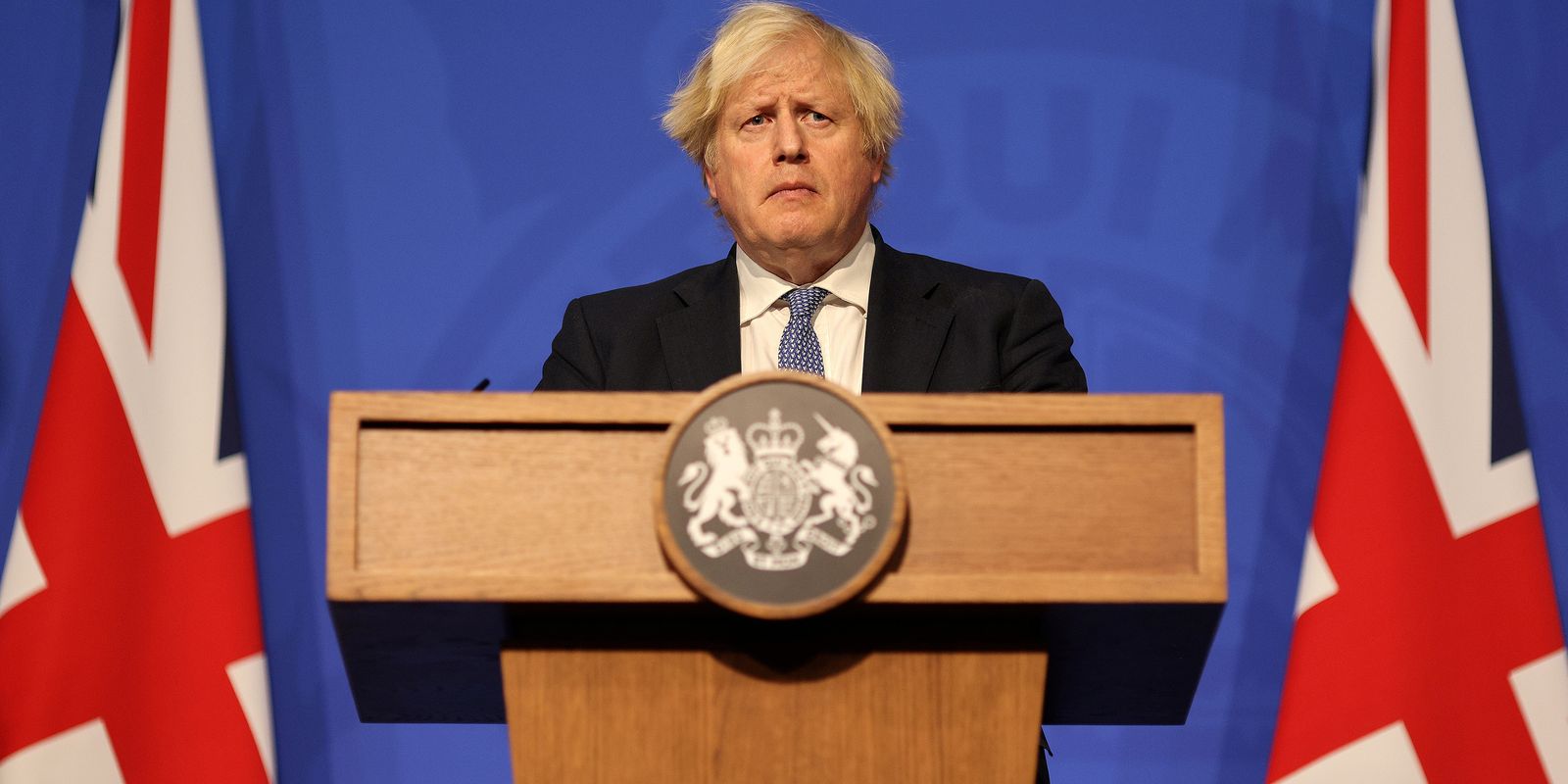For many centuries, Europe, the “Old Continent”, was literally the center of the world: political, social, economic, it appeared precisely as the center highlighted on the map of the world. But, with the changing dynamics of the global economy, the map guidelines are also changing, so the central axis of the new world map is expected to change in a future edition of the flat Earth representation.
If we are used to seeing the central axis of the map in the Atlantic, and Portugal with a “prominent” place, in the corner of Europe, which dominates the map of the world, the economic reality is different in several respects, also with regard to population, so the change of axis could also have this justification, according to some researchers.
If Europe was once the most populous continent with the largest population, this is no longer the reality in the world. Incidentally, for a large part of the population, this “Western” version of the world map has never been a reality, since in several Central Asian countries “their” world map is in the Pacific Ocean.
On this map, considered by many specialists as “the real map of the world”. It is China and India, two world powers with high potential for accelerating growth, as well as the United States, which appear in the center of the world in this representation, while Europe appears on the left side, Portugal appearing in the “little corner” of the map.
But other representations can be adopted. If formerly the first map of the world in relief was made in China, the Kunyu Wanguo Quantu, which placed it in the center, has not been accepted elsewhere, it seems more and more likely that this is the axis highlighted .
In another representation, recovered by the Big Think platform, a map of the world is suggested with an adaptation so characteristic of our current time: Vertically for easy viewing on cell phones and smartphones🇧🇷
In this version, the central axis is in the Indian Ocean, with India and China in the center, and Europe is very different from what we are used to seeing, with different proportions, “stuck to Africa and with Portugal in the top left corner.
On the vertical map, the United States is upside down at the top, with Canada at the bottom.
These are representations that, as Westerners, still make an impression on many Portuguese but that, as the political and social economic reality changes, the world map will also have to accompany these changes, becoming something different, but which we should pay attention to.

“Freelance communicator. Hardcore web practitioner. Entrepreneur. Total student. Beer ninja.”







